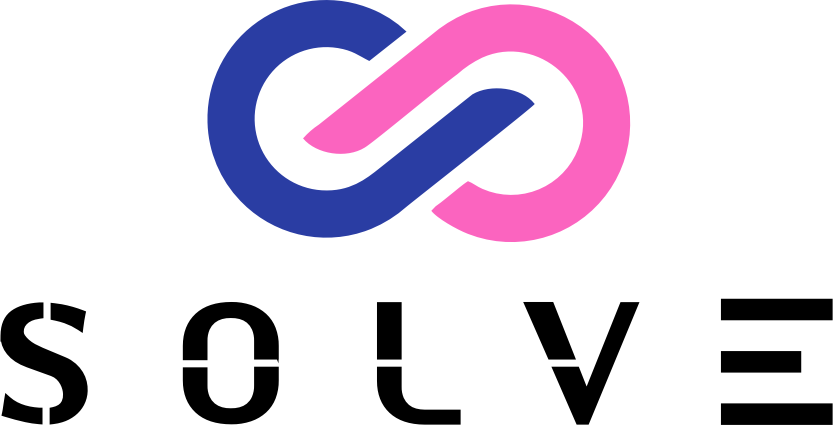- By Vanshika Choudhary
- May 8, 2025
With the speed of the world of services today, it is of utmost importance to efficiently keep track of assets in order for the business operations to sustain themselves. Radio Frequency Identification Asset Tracking is a radio wave technology that recognizes and tracks physical assets. The method provides businesses with the capability to vastly speed up workflow with great accuracy and little to no human help, far from the traditional way of working. This technology has ushered in new efficiency into several industries-beyond inventory management and beyond the time-saving aspect.
How Do RFID Asset Tracking Services Work?
The three main components of an RFID system are tags, readers, and software. These elements must work harmoniously with each other to enable asset tracking.
Activation of Tags
The tags are small devices that attach themselves to the assets. They can either be passive or active. A passive tag has no power of its own and must be activated when it enters an electromagnetic field generated by the RFID reader.
Data Transmission
This kind of data usually contains a unique number that identifies the particular asset. Transmission winds up being wireless and does not need line-of-sight, unlike barcodes.
Data Processing
The contents of the tag get collected by an RFID reader and sent to a software installation at a central location. The software performs all operations – processing the information, removing all duplicates, and updating the status and location of the asset in real-time. The software can later go ahead to generate reports, issue alerts, and conduct analytics to help managers arrive at a decision concerning the use, maintenance, and movement of the assets.
Real-Time Monitoring
Viewing real-time monitoring is an advantage of the RFID asset tracking system. Businesses can instantly see where the asset is located, examine the condition, and review its usage history. All these factors speed up decision-making along with optimal resource allocation.
Benefits of RFID Asset Tracking
The potentiality of RFID asset tracking is such that many improvements could be made to business operations.
Quick Asset Location
Using the RFID technology, businesses are able to locate their assets almost immediately without having to physically move about looking for them. As such, they have reduced inventory checking from hours to minutes, a really precious advantage given that we operate in huge warehouses or facilities that contain tens of thousands of assets.
Inventory Accuracy
RFID systems tend to automate data collection, thus reducing most of these errors to a great extent. This means inventories can always be accurate and up-to-date. Using accurate data allows a business to maintain its optimum stock levels, avoid overstocking or stockouts, and thus become better in supply chain management.
Theft Prevention
The system can send an alert if the movement of an asset is suspicious, such as leaving a predefined physical area without authorization. Such notifications avert theft or unauthorized usage of expensive equipment.
Automated Recording
In all asset exchanges, RFID systems record the check-in, check-out, and transfers automatically, without manual intervention. This does away with the need to keep manual records and reduces the amount of paperwork involved. Automated records ensure better compliance with industrial bylaws and ease auditing. Business corporations will, of course, use reports for asset utilization, maintenance activity, and lifecycle management.
Common Applications of RFID Asset Tracking
RFID asset tracking is highly versatile and goes into many industries, per design, to solve different problems.
Healthcare
RFID systems are used by hospitals and other clinics to track medical equipment, surgical tools, and medicines to ensure that highly critical materials are always available when needed and minimize the possibility of items being lost or misplaced. RFID also helps to maintain health compliance as it offers accurate records of usage and sterilization. check out our latest blog post on Why Proper RFID Asset Training is Important for Maximizing ROI
Manufacturing
In plants, machines, tools, and different parts are tracked via RFID. This way, production is improved because the components needed at a particular time will be ensured. It also undertakes preventive maintenance by way of keeping track of equipment usage and condition, which reduces periods of downtime and repair expenses.
IT and Office Assets
Businesses utilize RFID tracking for computers, printers, furniture, and office equipment. This minimizes the possibilities of asset theft and lets them choose replacements or upgrades. Apart from that, it also ensures a company’s compliant status and IT security by overseeing asset location and usage.
Conclusion
RFID asset tracking, in fact, helps to turn the entire way in which a company manages its determined resources. Fast, accurate, and automated tracking made possible by RFID gives them higher efficiency in work, security, and decision-making. Whether in healthcare, manufacturing, retail, or offices, RFID helps in asset management and cuts costs. Contact us today for expert advice and solutions tailored to your needs when you want to learn more about RFID asset tracking and how it benefits your business.




